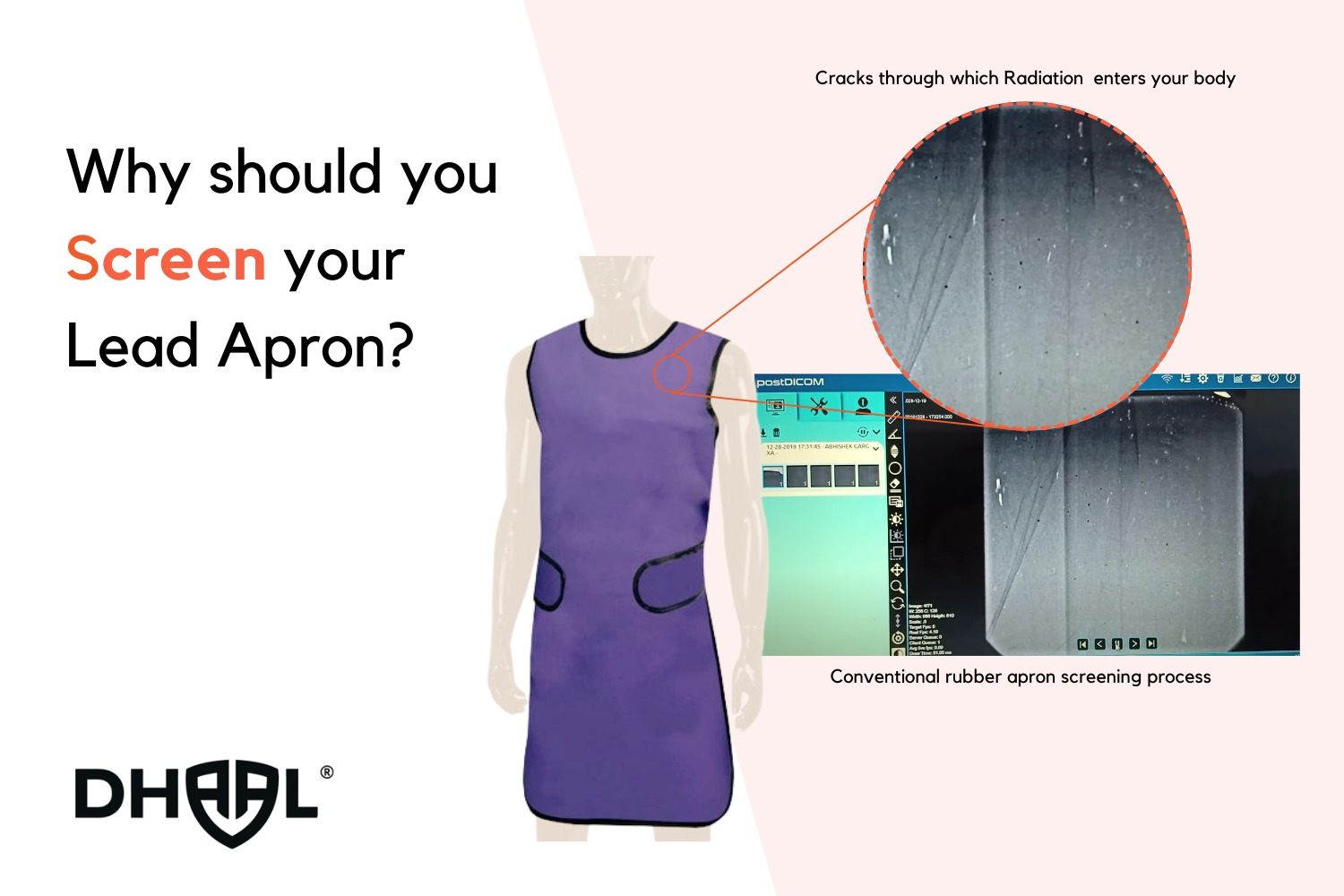
Thyroid shields are crucial in cath labs for protecting patients and medical staff from unnecessary radiation exposure. Here’s a detailed exploration of their importance and use:
What is a Thyroid Shield?
A thyroid shield is a protective device designed to shield the thyroid gland from radiation. In medical settings, particularly in cath labs where fluoroscopic procedures are common, these shields are essential for minimizing radiation exposure.
Why Are Thyroid Shields Important?
- Radiation Exposure Risks:
- Thyroid Gland Sensitivity: The thyroid gland is sensitive to radiation. Even low doses can increase the risk of thyroid cancer and other thyroid disorders.
- Prolonged Exposure: Repeated exposure to radiation can accumulate over time, increasing the risk of adverse health effects.
- Cath Lab Environment:
- Fluoroscopy: Cath labs frequently use fluoroscopy, which involves continuous X-ray imaging to guide procedures. This results in higher radiation levels compared to static X-ray imaging.
- Proximity to Radiation Source: Both patients and medical staff are exposed to radiation during these procedures. The thyroid gland, being located in the neck, is particularly vulnerable.
Types of Thyroid Shields
- Lead Aprons with Thyroid Shields:
- Design: These aprons are specially designed to cover the thyroid area, usually featuring an extended collar or flap made from lead or lead-equivalent materials.
- Use: They are worn by medical staff and sometimes by patients, depending on the procedure and radiation exposure levels.
- Collar Shields:
- Design: These are standalone devices that wrap around the neck and provide targeted protection to the thyroid area.
- Use: Typically worn by medical personnel during procedures involving significant radiation exposure.
- Custom Shields:
- Design: Customizable shields can be tailored to fit individual patients or staff members for optimal protection.
- Use: Useful in specific scenarios where standard shields may not offer adequate coverage or comfort.
Benefits of Using Thyroid Shields
- Reduced Risk of Thyroid Cancer: Shields significantly lower the risk of thyroid cancer by protecting the gland from radiation exposure.
- Decreased Long-Term Health Risks: By minimizing radiation exposure, shields help in reducing the long-term health risks associated with repeated exposure.
- Increased Safety for Medical Staff: Medical professionals are exposed to radiation regularly, making thyroid shields crucial in safeguarding their health.
- Patient Protection: During procedures, patients also benefit from the additional protection provided by thyroid shields, particularly in cases where the thyroid gland is at risk.
Best Practices for Using Thyroid Shields
- Proper Fit and Placement: Ensure the shield fits properly around the neck and covers the thyroid area effectively. Ill-fitting shields can compromise protection.
- Regular Maintenance: Inspect shields regularly for any signs of wear and tear. Damaged shields should be replaced to maintain their protective efficacy.
- Training and Awareness: Educate staff on the importance of thyroid shields and proper usage. Awareness can help in consistent and effective use.
- Integrate with Other Safety Measures: Combine the use of thyroid shields with other radiation safety practices, such as minimizing exposure time and using protective barriers.
Conclusion
Thyroid shields play a critical role in reducing radiation exposure and protecting both patients and healthcare professionals in cath labs. By understanding their importance and adhering to best practices for their use, the risk of thyroid-related health issues can be significantly minimized, contributing to overall safety and well-being in radiological procedures.



